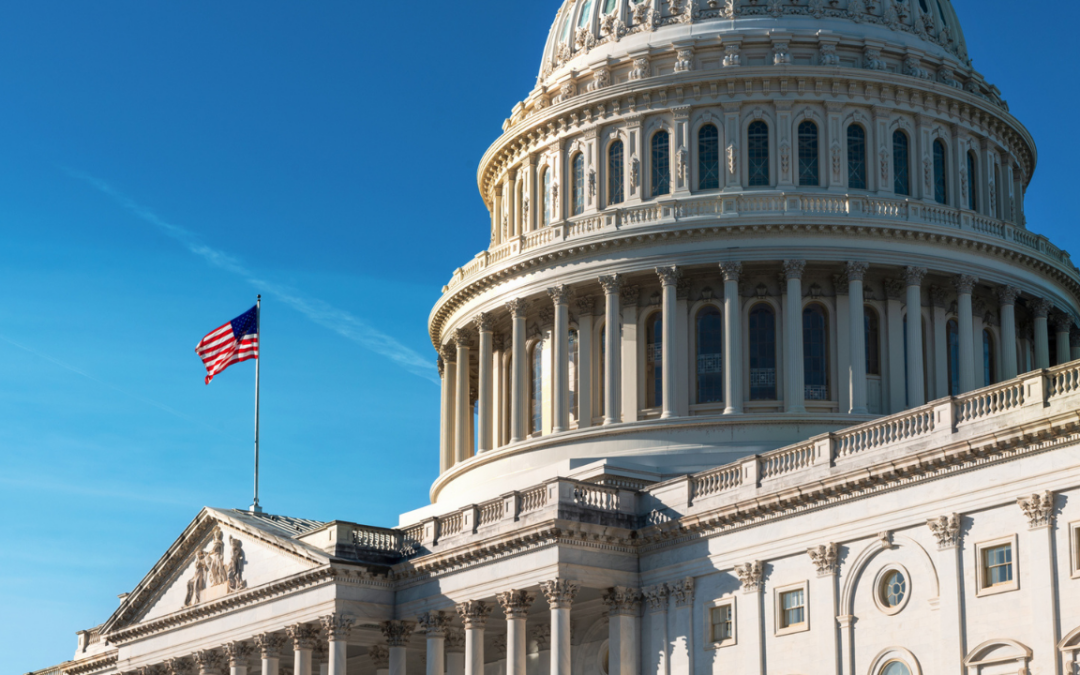Global equity indices continue to recover. Much of the related commentary concludes that investors are heartened by signs of pandemic curve-flattening and hopes that economic activity can resume more quickly and broadly than previously assumed.
But is that really what asset prices are saying? If not, what are the implications for markets? In what follows, we take a closer look at asset price movements during the ongoing rally. We conclude that in the details is a more cautious message, overlooked by pundits focused only on broad market indices.
To begin, let’s peek under the hood (the bonnet for English readers), and consider what’s really driving markets.
At the time of writing, ten-year US Treasury yields yield 0.64% and two-year notes yield about 0.20%. Interest rates across the yield curve remain near their all-time cyclical lows seen during the pandemic. The gap between US longer-dated and shorter-dated bonds is about 0.45%, up about 0.20% from its narrowest margin seen in late March. While the unprecedented measures initiated by the Fed and other major central banks are keeping market rates of interest very low, it is nevertheless true that despite the vigor of the ongoing equity market rally, the bond market has not moved much. That is not what we’d expect if investors were becoming more confident about an economic recovery over the next 6-9 months.
In credit markets, all sub-asset classes (US Investment Grade, US and Eurozone High Yield, and Emerging Markets Fixed Income) have recovered over the past month, but both emerging dollar-denominated and local currency debt are lagging (for example, the latter is down -3.5% over the past month). That is, at best, a cautious message about economic recovery, particularly given how battered some emerging debt and local currencies have been during the crisis (e.g., Mexico or Brazil).
One reason for emerging market underperformance is that commodity prices (excluding precious metals) remain in a funk. Despite an apparent Saudi-Russian oil rapprochement, West Texas Intermediate crude prices softened late last week, dipping to just over $18 per barrel by Friday’s close. Of course, a strong dollar hurts both emerging currencies and commodity prices, but dollar strength is itself a reflection of risk aversion.
In short, fixed income, foreign exchange and cyclical commodity markets are not signaling a quick or strong recovery on the horizon.
Turning to equities, the best performing market year-to-date (all data as of April 16) is China (-7%), followed by Switzerland (-11%) and the US S&P500 (-13%). The worst performing countries are Brazil (-48%), Mexico (-40%), Italy (-32%), the UK (-30%), Australia (-28%) and Germany (-25%). China aside, the best performing markets have more defensive or long-term growth underpinnings, while the worst performing countries are more commodity or cyclically oriented.
That observation is borne out by sector. Year-to-date, the best performing US sectors are Healthcare (-3%), Technology (-3%), Staples (-5%) and Utilities (-8%). The worst performing sectors are Energy (-47%), Financials (-30%), Industrials (-25%) and Materials (-21%).
The same can be seen when US equities are viewed via the prism of factor. Year-to-date, Growth is up 9%, Momentum is up 7% and Minimum Volatility is up 3%. The worst performing factors are High Dividend (-7%), Value (-11%) and Small Caps (-22%). If recovery were imminent, optimism about dividend-yielding, low multiple and small companies would be surging, and defensives would be languishing. But even over the past month, the leadership of equity markets has not shifted. Large-capitalization growth has led the way, while Small Caps have made new lows.
Much of what is presented above is captured brilliantly in a recent chart published by Bank of America analysts. It depicts since 1990 the share of S&P500 market capitalization attributed to the five largest stocks in the index. The previous peak was at about 18% in 2000, at the apex of the dot-com bubble. This year, the share of the top five has surged passed 21% of S&P500 market capitalization, an all-time high. The top-five stocks today are Microsoft, Apple, Amazon, Alphabet and Facebook. In recent years, the market had fallen in love with large capitalization US growth stocks. Since the arrival of the pandemic, the love story has become a torrid affair.
The bottom line is this: Market internals across fixed income, currencies, commodities and equity region, sector and factor are not consistent with investors anticipating an economic rebound. Instead, investors are paying up for scarce and precious growth in a world where cash and bond returns are low, or in some cases negative. Investors are focused on a narrow set of options in a world of uncertain earnings and growth
We draw the following conclusions:
First, recovering equity indices largely reflect momentum in a few large-cap growth stocks. Some of those high-flying stocks may have merit, but the broader index is not yet following their lead.
Second, a broader-based equity market recovery remains possible, but it depends on effective pandemic control that will allow economies to normalize – a significant unknown at this time. It also requires faith that fiscal and monetary policy can support growth until social isolation ends. Investors appear to believe that those conditions are most likely to be met in China, as indicated by its 2020 pole position among global equity indices. That probably makes sense, given China’s successful pandemic curve flattening and its more potent monetary/fiscal arsenal.
Third, the fortunes of emerging currencies, credits and equities (ex-China) largely depend on the effectiveness of pandemic control and economic recovery in the US, China and Europe. For the most part, emerging countries do not have the healthcare systems, government balance sheets and monetary policy instruments required to effectively manage the Covid-19 crisis and engineer economic recoveries on their own. Emerging markets are likely to remain correlated to other cyclical asset classes in developed markets.
Fourth, ‘Value’ and ’Small Cap’ valuations relative to those of ‘US Mega-Cap Growth’ are stretched to levels that beg for mean reversion. But relative value, alone, is rarely a catalyst for reversal. Barring a genuine cyclical recovery, it remains premature to expect beaten up sectors and styles to return to favor.
Fifth, that same valuation gap might yet be closed ‘from above’. The more the business cycle resembles a ‘U’ or a ‘W’, the more likely that broad equity indices will give up recent gains, which means that declines will also be driven by some loss of faith in the ‘chosen few’.



